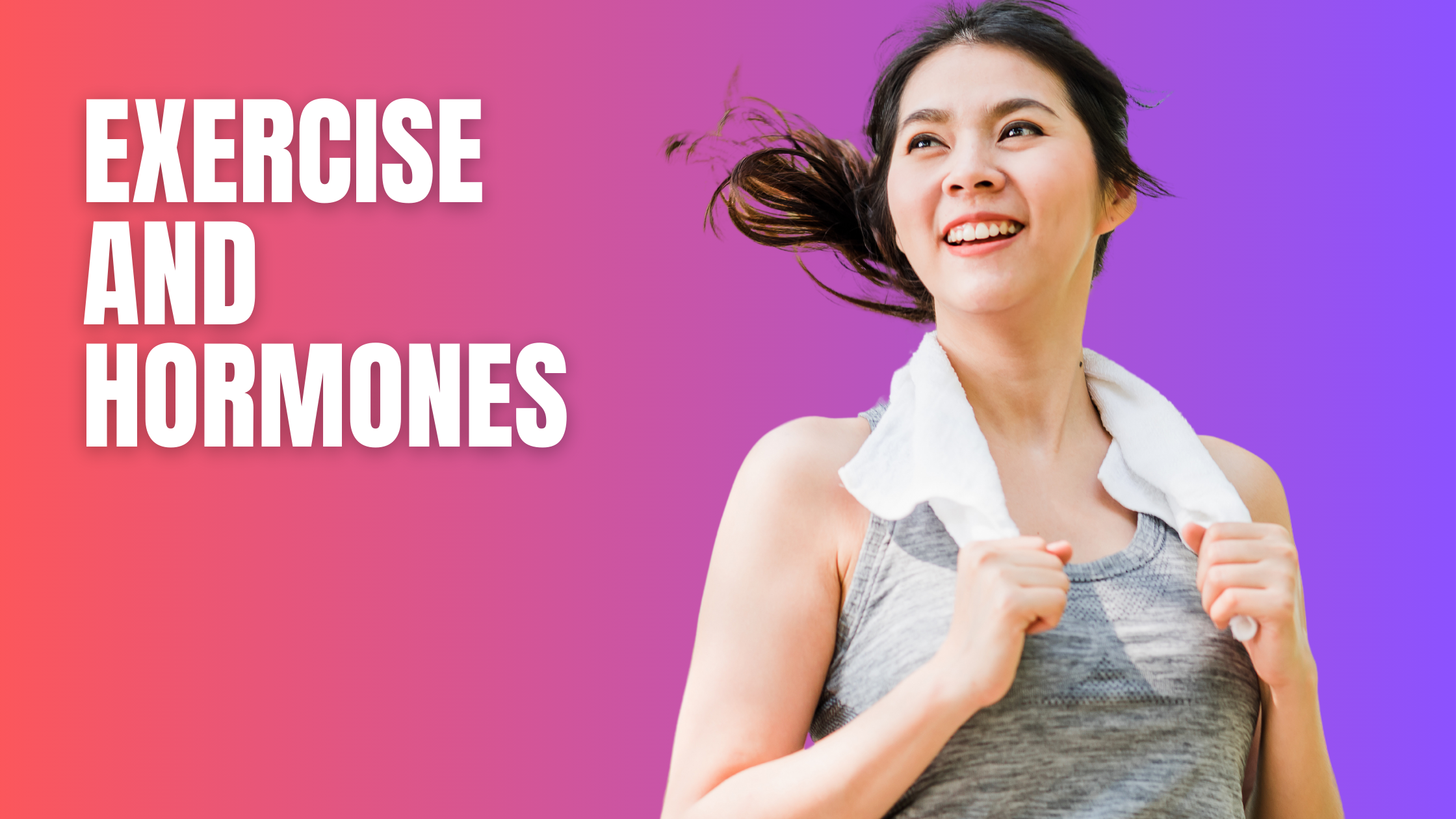Unlocking Fitness: Exercise and Hormones Explained
Discover how to align exercise with hormones for peak fitness. With our key insights, tailor workouts for energy, muscle growth, and fat management.
When it comes to exercise, there is no one-size-fits-all approach. Nobody’s physique is the same, and various factors influence how they respond to different exercise programs. One crucial aspect that plays a significant role in determining the effectiveness of an exercise routine is hormones–which are powerful chemical messengers in our bodies that regulate various physiological processes, including metabolism, energy levels, and muscle development. Understanding the impact of hormones can help us make informed decisions when choosing an exercise program that aligns with our goals and suits our body’s needs. In this article, we will explore the influence of hormones on exercise outcomes and how to tailor a workout plan accordingly.
Estrogen and Progesterone
For women, estrogen and progesterone are two essential hormones that fluctuate throughout the menstrual cycle. During the follicular phase (the first half of the cycle), estrogen levels rise, promoting improved carbohydrate utilization and fat oxidation. This phase may be ideal for high-intensity workouts, such as HIIT (High-Intensity Interval Training), as the body is more efficient at burning fat for energy.
On the other hand, estrogen and progesterone levels increase during the luteal phase (the second half of the cycle), leading to potential water retention and a slightly decreased pain tolerance. During this phase, opting for low-impact exercises like yoga or pilates can promote relaxation and reduce the risk of injury.
Testosterone
Testosterone is often associated with men, but it also plays a role in women’s bodies, albeit in smaller quantities. This hormone is essential for muscle development and strength. Men generally have higher testosterone levels, one reason they tend to gain muscle mass more quickly than women.
Incorporating resistance training and weight lifting into their exercise routine for women looking to build muscle can help stimulate testosterone production and enhance muscle growth. However, striking a balance is essential as excessive training can lead to hormonal imbalances and potential adverse effects on overall health.
Cortisol
This hormone is correlated with stress. Moreover, it is crucial in the body’s response to stress and exercise. While moderate cortisol levels are necessary for energy regulation, excessive or chronic stress can lead to increased cortisol levels, which may interfere with exercise goals.
Intense and prolonged exercise sessions can elevate cortisol levels in the body, leading to feelings of fatigue and potentially hindering recovery. Incorporating rest days and stress-reducing practices such as meditation or yoga can be beneficial to manage cortisol levels.
Insulin
Insulin regulates blood sugar levels in the body. It facilitates glucose uptake into cells for energy or storage as fat. Exercises that improve insulin sensitivity, such as aerobic activities and resistance training, can benefit individuals with insulin resistance or diabetes.
Balancing cardio and strength training in an exercise program can help improve insulin sensitivity, manage weight, and reduce the risk of type 2 diabetes.
Growth Hormone
Growth hormone (GH) plays a significant role in tissue repair, muscle growth, and fat metabolism. GH is released in response to exercise, particularly during high-intensity activities and strength training.
To maximize the release of growth hormone, it is recommended to incorporate compound exercises that engage multiple muscle groups, like squats and deadlifts, into the workout routine. Additionally, ensuring adequate sleep and rest between workout sessions can support GH release and overall recovery.
Leptin and Ghrelin
Leptin and ghrelin are hormones that regulate appetite and hunger. Leptin signals fullness and suppresses appetite, while ghrelin stimulates hunger. That said, seeking weight management and choosing exercises that help regulate these hunger hormones can be beneficial. Regular physical activity can help reduce ghrelin levels and enhance leptin sensitivity, improving appetite control.
Understanding the impact of hormones on choosing an exercise program can make a significant difference in achieving fitness goals. Hormones play a complex role in various physiological processes, including metabolism, muscle development, and appetite regulation. We can optimize workout outcomes and enhance overall health by tailoring exercise routines to align with hormonal fluctuations and individual needs. Listening to our bodies, incorporating various exercises, and allowing for proper rest and recovery are essential steps in designing an exercise program that works harmoniously with our hormonal balance.
As with any exercise program, consulting with a healthcare professional or certified fitness expert is essential to ensure the chosen regimen is safe and suitable for individual needs and health conditions.

